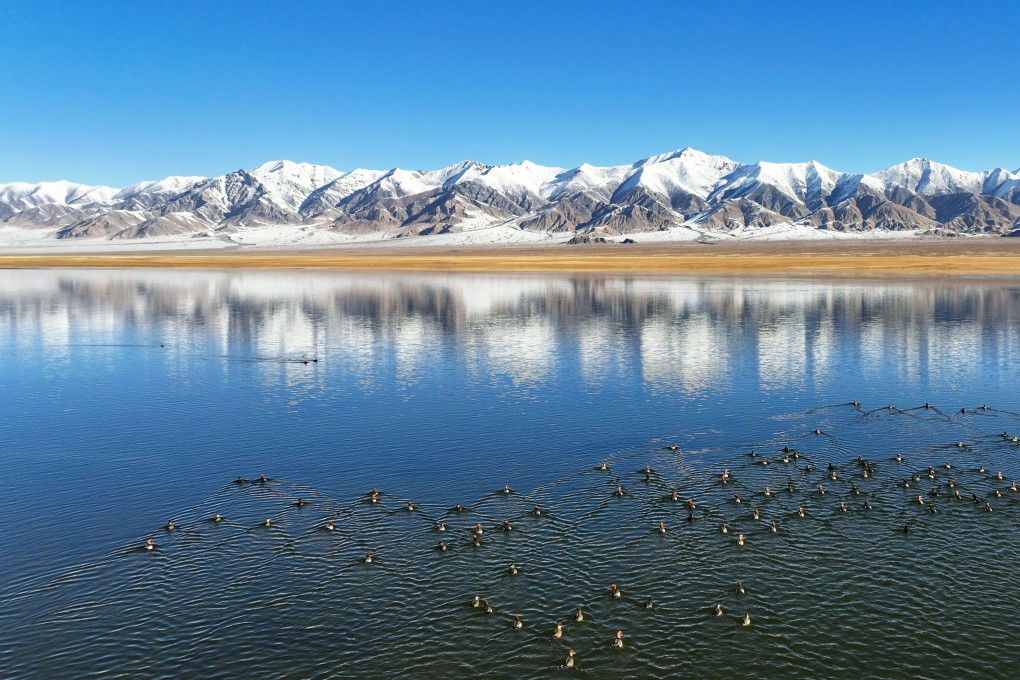My Take | What does a tiny chip in thousands of Porsche, Bentley and Audi models say about Xinjiang sanctions?
- Allegedly employed as forced labourers in carmaking, cotton, aluminium, solar panels or any Chinese-run enterprise, Uygurs may have to work in indigenous craft to meet Western standards of human rights

Early this month, thousands of expectant owners of luxury Porsche, Bentley and Audi models in North America were told delivery would be delayed to March if not later.
Their vehicles are being held up at US ports because of problems with customs clearance. The reason? A tiny chip that costs no more than a few US dollars. The message from parent Volkswagen (VW) said it was “a small electronic component that is a part of a larger control unit, which will be replaced”.
About “1,000 Porsche sports cars and SUVs (sport utility vehicles), several hundred Bentleys, and several thousand Audi vehicles” have been affected, according to a Financial Times report.
Angry customers lit up car chat groups online with complaints and threats but it soon became clear that the chip in question was not faulty. Rather the problem is that it was likely produced in western China, and so could have originated from Xinjiang, and therefore, may have been produced by some coerced Uygur workers. Or it could have been the polysilicon material used for the chips, produced mostly in Xinjiang. Under the Uygur Forced Labour Prevention Act of 2021, such forced labour is assumed until proven otherwise in such cases.
To date, no one knows for sure whether the component was produced by Uygur workers or any other ethnic group. A subcontractor low down the supply chain produced it for VW’s main supplier which then informed the carmaker of the problem. VW then volunteered the information to US authorities.
So, instead of wasting time to prove its origin, VW said the “electronic component” would be replaced in all the vehicles lingering at US ports before clearing customs. US customs officials have agreed to the arrangement.
